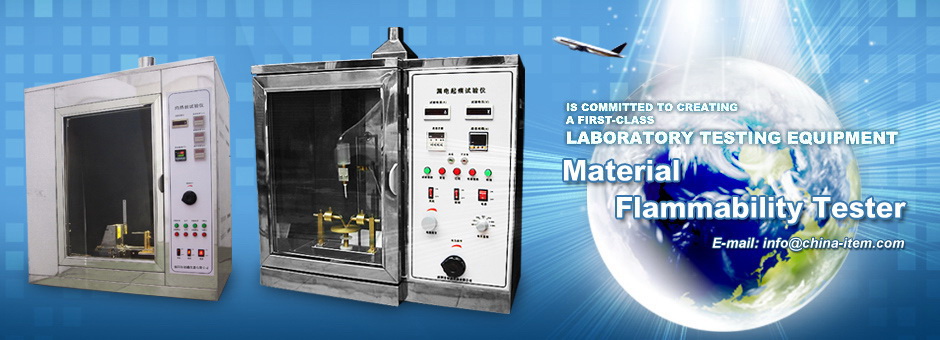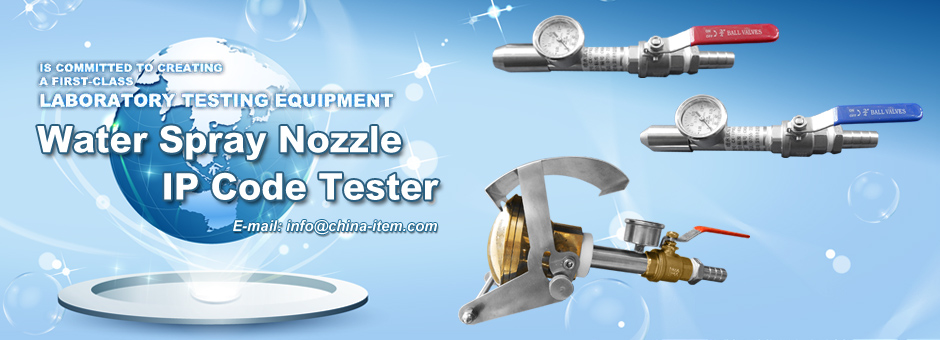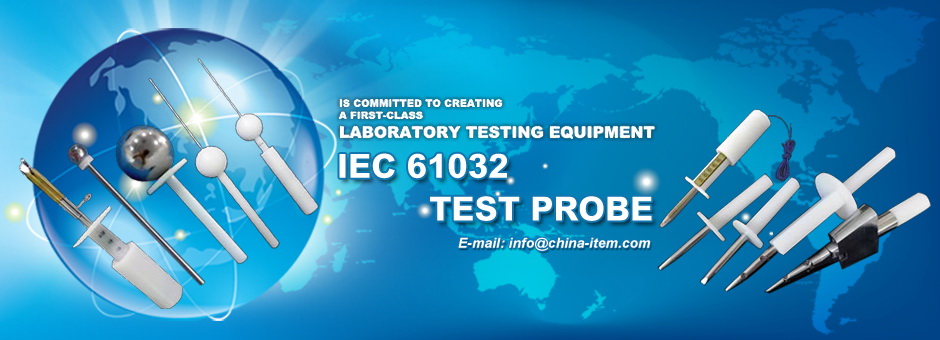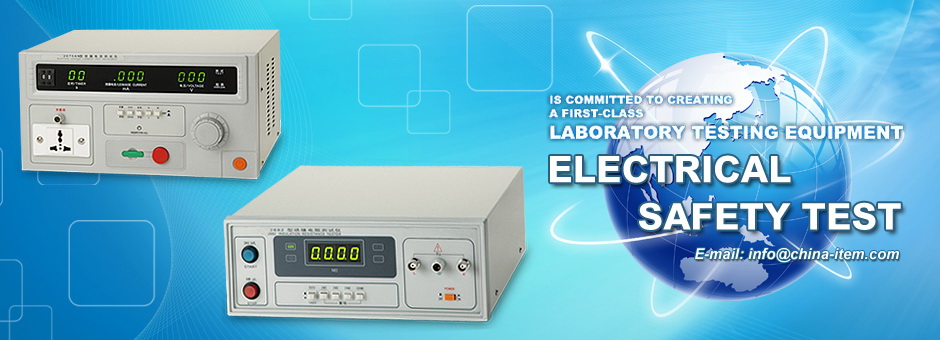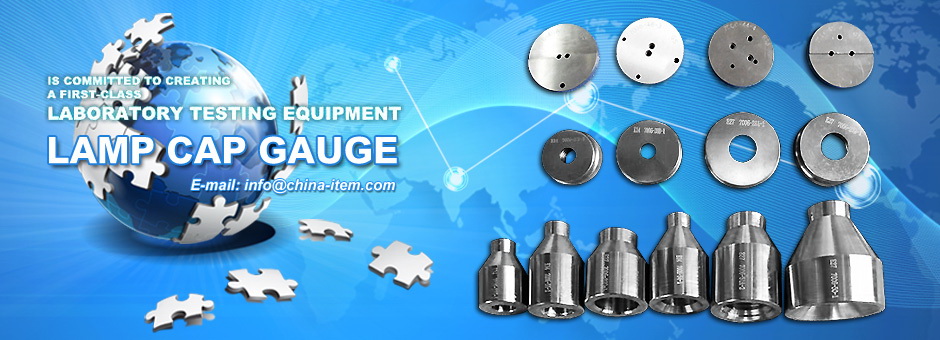contact us
products
- Main Products
- IEC Test Probe
- UL Test Probe
- Material Flammability Tester
- IP Code Tester
- Impact Test Apparatus
- Security Testing Machine
- Lamp Cap Gauge Tester
- Lampholders Gauge Tester
- Plug & Socket Tester
- Electrical Safety Tester
- LED Test Instruments
- Environmental Test Equipment
- Instrument Accessories
- Weighing Sensor
- Others Testing Equipment
technical articles
Company News
In the USA it is commonly assumed that metric thread gages conform to the ANSI/ASME B1.16M but this may not be the case particularly when working with an international customer or a globally recognized company with manufacturing facilities located in the USA and engineering located in Asia or Europe. Other metric standards like ISO or JIS may be required. It is also important to confirm that pitch diameters on the gages match the part specification. For example a part gaged prior to plating will have special pitch diameters. The thread ring gages selected should be engineered and made correctly to the preplate or before plate pitch diameters. The thread ring gages should be marked with B/P or P/P designation for quick and easy identification. Finally the inspector should confirm the gages are calibrated. It is always advisable to recheck the thread ring gages prior to use with the matching set plug regardless of the calibration sticker’s current status. Many companies arbitrarily select annual frequencies of calibration rather than basing frequency on usage. This can be dangerous as thread ring gages can be worn out of tolerance or damaged during the course of a production run. The best thread ring gaging practice utilizes several sets of thread ring gages all set to a matching master set plug gage. One or two sets can be used for in process inspection while another set can be used for final inspection and a master set retained for dispute in the event that gages fail to correlate.
Adjustable American Gage Design - AGD thread ring gages are designed with radial slots which form natural dirt grooves that tend to clean the threads of the work piece. It is important to note that thread ring gages are not work dies. It is advisable to clean the work piece prior to gauging as this will extend the wear life of the thread ring gages. Thread ring gages should be cleaned with solvent or air and then frequently recoated with a rust preventative/gage preservative. Thread ring gages should be laid flat to prevent them from rolling off a table. All gauging whenever possible should be done over an inspection table in the event that the gage is accidentally dropped. If a gage is dropped it should be immediately re-inspected with a matching set plug. Any impact to the thread ring gages may result in a change to its size.
The go thread ring gage should engage the externally threaded part with very little force used. The engagement should be smooth. There is no specification regarding torque or pounds of pressure for using thread ring gages. Common sense should be applied based on factors of thread size, pitch, and application. If the gage starts to bind, the inspector should stop before damaging the part or the gage. The part may be oversized or tapered. Other possibilities include lead error or a damaged thread. An inspector can evaluate the critical elements of the threaded part by inspecting the major diameter using a measuring instrument such as a micrometer. Pitch diameter may be checked by using a 3-wire method. Lead, angle and minor diameter can be checked with an optical comparator or vision system. With fine threads the inspector should be careful to not cross thread the parts.
It is important to use the no go gage as it checks pitch diameter exclusively. It is unaffected by other conditions in the screw thread as it is intentionally truncated on the crests and with greater clearance applied on the roots of the thread. The no go thread plug should not enter the part more than 3 turns although in practice it is advisable to limit the amount of turns to 1 ½ - 2 turns max. The user just simply counts turns.




